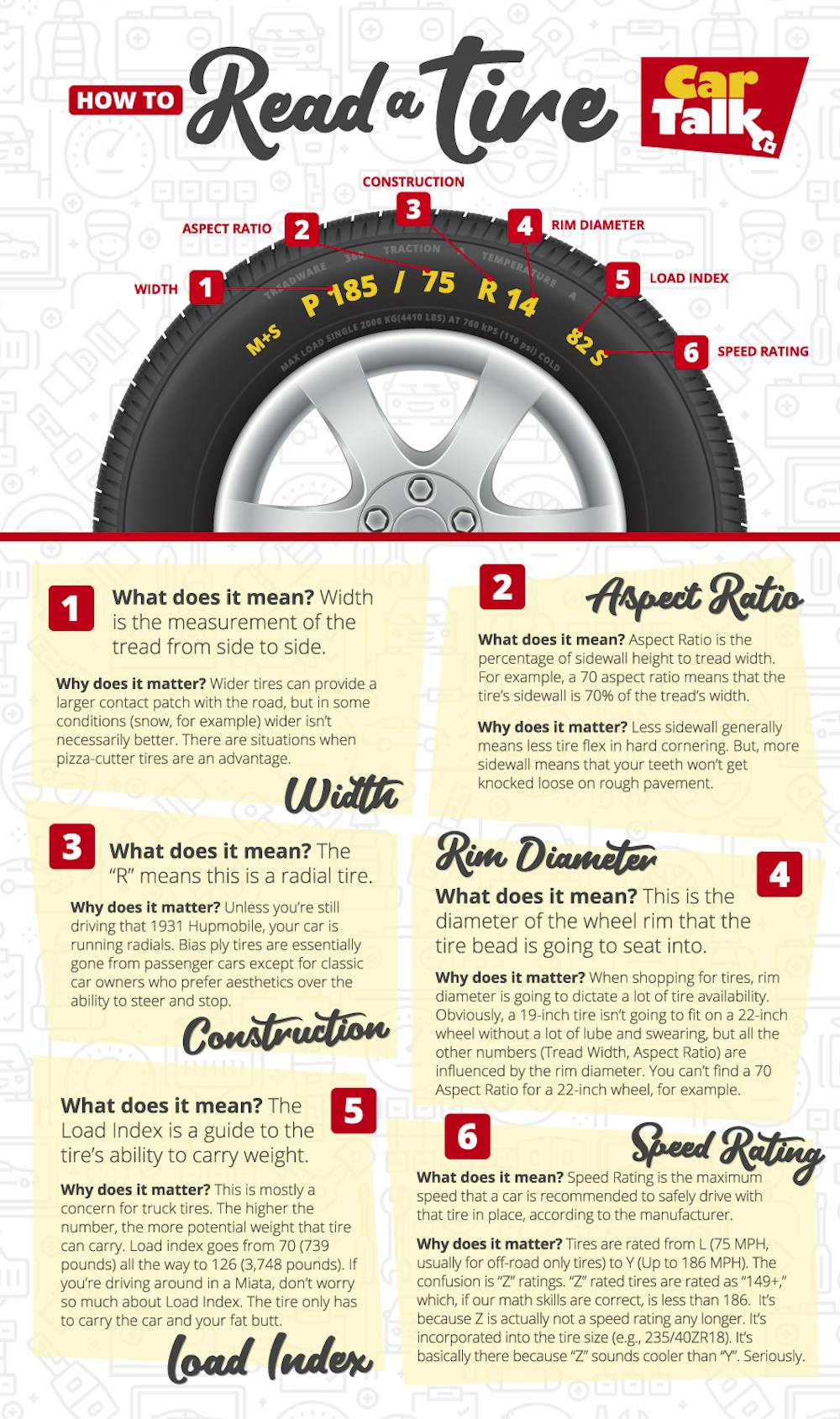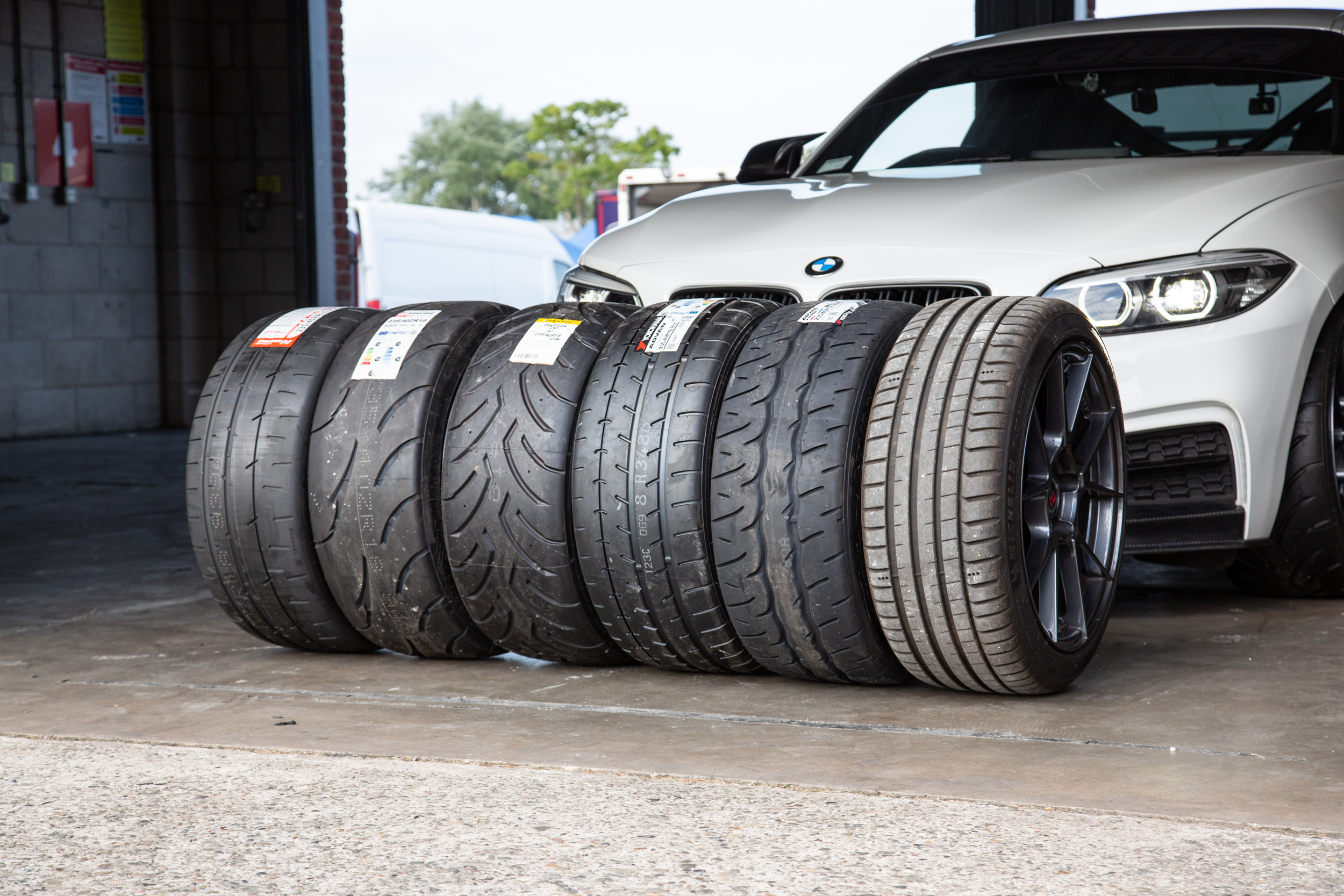All Categories
Featured
Table of Contents
The Michelin supplied a comfortable driving experience, characterised by responsive guiding and a dynamic understeer equilibrium. Regardless of the cooler screening conditions, Michelin's constant time and grasp over 3 laps suggests its suitability for real-world applications. Conversely, Yokohama's efficiency was distinct. While its super-quick guiding resulted in a fast front axle turn, the rear showed a propensity to turn extra.
One more significant element was Yokohama's warm-up time. The tyre's very first lap was a second slower than the 2nd, pointing to a temperature-related hold increase. This suggests the Yokohama might shine in dry, race-like problems. However, for everyday use, the Michelin could be a more secure bet. Next in line was the Hankook.
Trusted Tyre Fitting Services
It shared Michelin's risk-free understeer balance but did not have the latter's willingness to transform. Continental and Goodyear's performances were remarkable, with Continental's new PremiumContact 7 revealing a significant enhancement in damp conditions contrasted to its precursor, the PC6. This version was much less sensitive to fill modifications and behaved just like the Michelin, albeit with a little much less interaction at the limitation.
It integrated the risk-free understeer equilibrium of the Michelin and Continental with some flashy handling, confirming both foreseeable and quick. As an all-rounder for this Golf GTI, Goodyear's Uneven variety was the standout, demonstrating impressive performance in the damp. Lastly, the Bridgestone Potenza Sporting activity took the crown as the fastest tyre, albeit by a little margin.
This tyre obtained grippier as it heated up, comparable to the Yokohama. Chauffeurs seeking an exciting damp drive could find this tire worth taking into consideration. The standout performer in damp braking was the most recent tire on test, the PremiumContact 7, though the results are nuanced. We conducted damp stopping examinations in 3 various ways, twice at the brand-new state and when at the used state.
Best Tyre Repair Services Near Me – Eden Hill WA
Ideally, we desired the cold temperature test to be at around 5-7C, however logistical delays suggested we tested with an ordinary air temperature of 8C and water at 12C. While this was cooler than basic test problems, it was still warmer than real-world conditions. The cozy temperature level examination was done at a standard of 18C air and 19C water.
The third run entailed wet stopping tests on used tires, specifically those machined down to 2mm with a little run-in. While we meant to do even more with these used tires, weather condition constraints restricted our testing. Nonetheless, it deserves keeping in mind that damp stopping is most essential at the used state, as tyres usually improve in dry conditions as they use.

Nonetheless, it shared one of the most considerable efficiency drop, along with the Yokohama, when used. Bridgestone, Goodyear, and Michelin saw the least performance reduction when put on. However, Bridgestone and Goodyear's efficiency dipped in cooler problems. The Hankook tire registered the smallest efficiency drop as temperatures cooled, yet it was amongst one of the most impacted when worn.
Honest Tyre Performance Near Me (Eden Hill 6054 WA)
The take-home message here is that no solitary tyre mastered all elements of damp stopping, indicating a complicated interaction of aspects influencing tyre performance under various conditions. There was a standout tyre in aquaplaning, the Continental ended up top in both straight and curved aquaplaning, with the Michelin and Goodyear likewise great in much deeper water.

Yokohama could benefit from somewhat more hold, a problem possibly affected by the colder conditions. As for dealing with, all tyres done within a 2% array on the lap, showing their premium efficiency (Tyre shop). Thinking about these tires basically target the exact same client, it's intriguing to observe the significant differences in feeling.
The shock is because the PremiumContact 6 was just one of my favourites for flashy dry drives, but its successor, the PremiumContact 7, appears much more fully grown and resembles Michelin's performance. Amongst these, Hankook was the least accurate in guiding and communication at the limit. Tyre checks. Both Michelin and Continental used charming initial steering, albeit not the fastest
If I were to recommend a tire for a quick lap to a novice, state my daddy, it would be just one of these. Then we have the 'enjoyable' tires, namely Yokohama and Bridgestone. Both were quick to guide and really felt sportier than the others, yet the trade-off is an extra playful back side, making them much more difficult to take care of.
Top Tyre Servicing
It offered comparable guiding to Bridgestone but supplied better comments at the limit and better grip. The Bridgestone Potenza Sporting activity, however, appeared to break down quite rapidly after simply 3 laps on this requiring circuit. Finally, there's Goodyear, which positioned itself somewhere in between the enjoyable tires and those often tending towards understeer.
All in all, these tires are excellent performers. In terms of tire wear, the technique used in this examination is what the sector refers to as the 'gold requirement' of wear.
Both the Bridgestone and Yokohama tires considerably underperformed in contrast to the various other four tires in terms of rolling resistance, with Continental slightly outshining the remainder. Relating to the comfort degree of the tires, as anticipated, the majority of demonstrated an inverted relationship with handling. The Continental, Michelin, and Goodyear tires executed finest throughout various surface types tested.

Bridgestone began to show indicators of firmness, while Yokohama was particularly rough over holes. We did gauge interior noise levels; however, as is often the case, the results were carefully matched, and due to weather restrictions, we were unable to perform a subjective assessment of the tyres noise. Lastly, we looked at abrasion figures, which determine the quantity of tire walk shed per kilometre, normalised to a one-tonne vehicle.
Top Low-cost Tyres Near Me ( Bassendean)
This figure stands for the amount of rubber dirt your tyres generate while driving. Michelin led in this classification, generating over 9% less rubber particle matter. On the various other hand, Hankook produced 32% more. This is an element I believe the sector needs to focus on even more in the future, and it's something Michelin is promoting.
Table of Contents
Latest Posts
Leading Discount Car Tyres – Swan
Trusted Tyre Fitting Services Near Me
Tyres
More
Latest Posts
Leading Discount Car Tyres – Swan
Trusted Tyre Fitting Services Near Me
Tyres